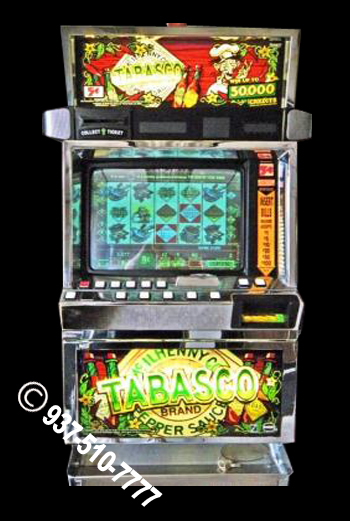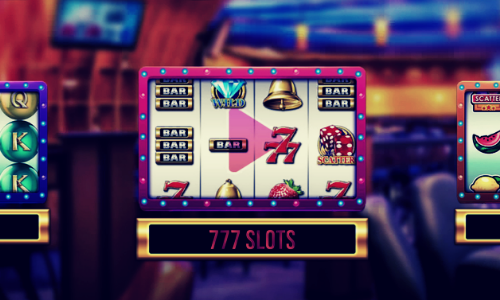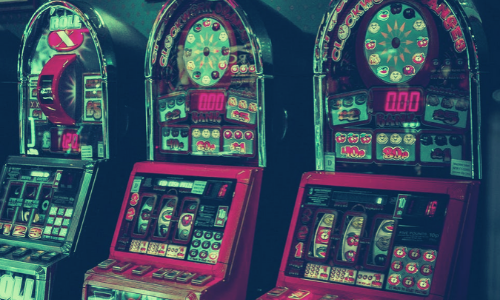Slot Machine Slot
Charlie Fey invented the first slot machine in 1887. His original machine was based on a poker game. He reinvented his original machine because he found it impossible to build a one that was able to pay out for all of the possible combinations that could win automatically. Therefore, he designed a machine featuring three reels that spun around and showed five images; hearts, spades, diamonds, horseshoes and a Liberty Bell. By reducing the possible number of payout combinations, Fey was able to build a machine that could effectively pay out money automatically. The machines were named Liberty Bells after the jackpot on his invention. They became extremely successful in his hometown of San Francisco, California. Eventually the machines were banned in the state of California. The demand for the Liberty Bell was so high that he could no longer fill his orders. Since the machines became so popular, many other manufacturers began developing their own versions of the slot machine.
Since then there have been many technological advances. The first machine was created with five reels, but soon the machines with three reels were the ones that were customarily used. The original slot machines with three reels usually contained ten images per reel, which allowed for 1,000 potential combinations. People started to become bored with these machines, because it was very rare to hit a jackpot on them and when it was hit, the payout was very minimal. Eventually manufacturers enabled the machines to have twenty-two lines, which increased the possible combinations to approximately 10,000. Even though these lines were added, the possible outcomes and the jackpot sizes were still quite limited.
Sometime in the 80’s the manufacturers added electronics into their slot machines. Slot machines were then weighted on certain symbols. A patent was granted in 1984 for these electronic machines to have a random number generator. Virtual reels were able to stop up to 256 times for each reel, which would allow for 16,777,216 different combinations. The patent also stated that the manufacturer of the machines was allowed to offer a jackpot that would allow a chance to win $1 million for each one-dollar bet, but this could only occur once in 16.7 million spins.
Recently technology has advanced to video slot machines that rely on computerization. These newer machines do not have any moving parts like those that the classic machines had, and the player is basically playing a video computer game. This allowed the manufacturers to design more interactive machines that feature bonus rounds and extreme video graphics. Since there are no mechanics on the computerized machines, most machines use five reels; each increases the possibility for several different jackpots. Five reel machines can have more than fifty images on each reel, which expands the odds of winning the mega jackpot to approximately 300,000,000 to 1. Video machines have a feature that lets players play multiple lines on each spin. With the traditional machines, the player matched three symbols left to right, and now there are at least twenty-five patterns in every direction that can be played on the single spin. As technology advances, the slot machines that the manufacturers create will probably be amazing. With everything that the machines can do now, imagine what they will be like several years from now.






